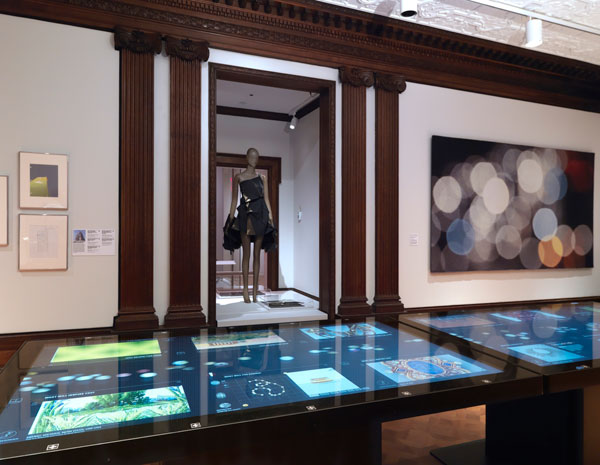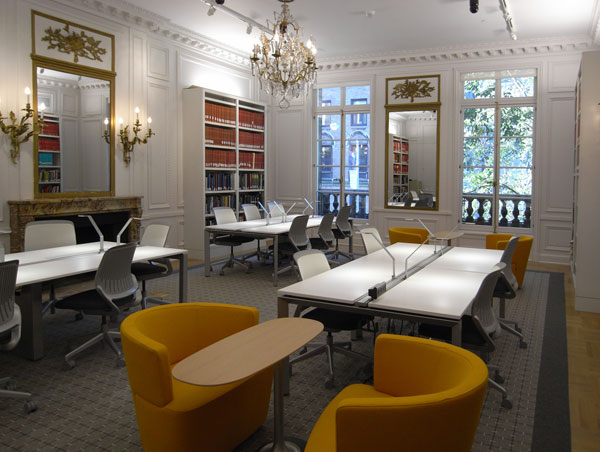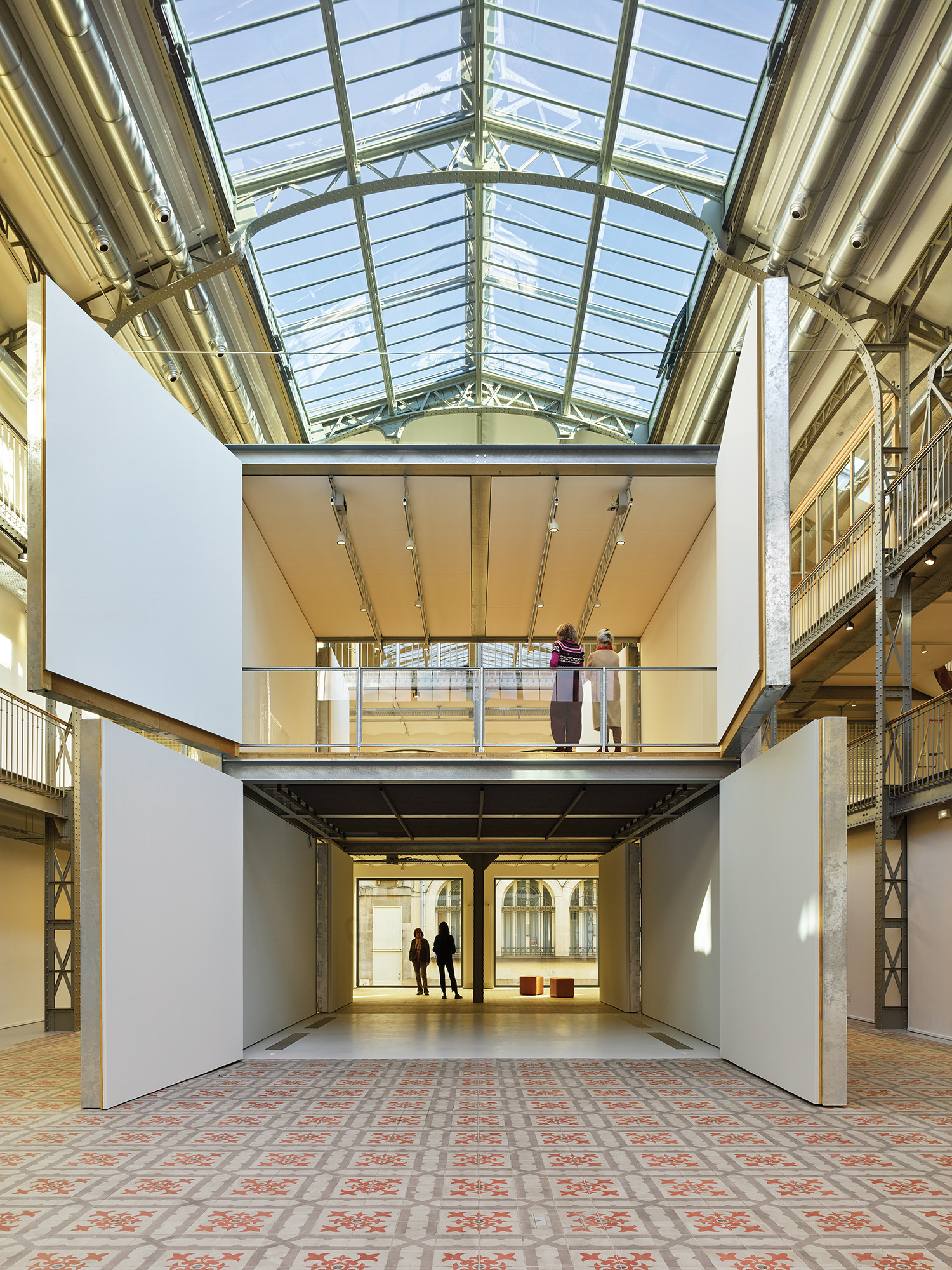Cooper Hewitt Reopens Friday Following 3-Year Renovation

Installation view: “Making Design.” Photo by Matt Flynn/Cooper Hewitt, Smithsonian Design Museum.
Founded in 1897,
Cooper Hewitt, Smithsonian Design Museum
is the only museum in the U.S. exclusively devoted to design, both historic and contemporary. It’s been part of the Smithsonian since 1967—and has been closed for renovations since 2011. This Friday, December 12, the museum officially reopens to the public at 11 a.m, revealing a massive overhaul by a team of at least 13 firms.
The $91 million renovation created 60 percent more space, meaning a full floor can be dedicated to the permanent collection’s 210,000 objects, something they’re never been able to do before, noted Caroline Baumann, the museum’s director, at yesterday’s press preview.
“We are a design museum and we recruited a dream team of designers,” Baumann said, highlighting many of the 13 firms involved:
Gluckman Mayner Architects
(interior design),
Beyer Blinder Belle Architects & Planners
(engineering, historic preservation),
Diller Scofidio + Renfro
(cases, shop, entrance canopy, fence lighting),
Hood Design
(garden, terrace),
Thinc
(exhibitions),
Goppion
(display cases),
Local Projects
(interactive media),
Pentagram
(graphic identity).
Chester Jenkins of
Village
created the new
Cooper Hewitt typeface
, which has already been downloaded some 900 times. And Jim Spadaccini’s
Ideum
designed the 4K resolution touchscreen tables, the world’s first at this size and resolution and a serious step in museum evolution.

Phase one renovation. National Design Library, Arthur Ross Reading Room. Photo courtesy of Cooper-Hewitt, National Design Museum, Smithsonian Institution.
“For a long time technology was a mismatch,” said Spadaccini, who has been working with museums for 15 years. He shipped 4,480 pounds of hardware and electronics from New Mexico to create the 84-inch, ultra-HD, projected capacitive touch experience. The screen asks,
What will you design?
“If you think about museum technology, the kiosk and the audio tour are isolating,” explained Spadaccini. “Tables are inherently social, an aspect in how people learn.”
Gaining knowledge continues in the Process Lab, where visitors can solve design problems themselves by proposing new features and functions for things like drinking fountains and water bottles. And the Immersion Room with its full-scale, floor-to-ceiling projections of hundreds of digitized wallcoverings is a must. There visitors can manipulate repeating patterns and sketch their own designs.
But museums are not only about emerging technologies, especially not in a landmarked building (the former residence of Andrew Carnegie was completed in 1902). “This project was about making the most of what is here and deftly working to get the infrastructure functional,” said David Mayner, Gluckman Mayner Architects. “It’s not about the cleverest, latest LED trick. Our job was getting the building to be a tool to facilitate exhibitions.”
That means un-sexy things like nuts in the ceiling and bolts on the floor for hanging and standing items, reinforcing air conditioning and freight elevators, and rebuilding fire stairs to meet handrail requirements: “making contortions seem smooth and pleasant rather than awkward.”
And isn’t that what good design is all about? Fitting for the nation’s dedicated museum.

Installation view, “Controller of the Universe” and Solar Wall, in “Tools: Extending Our Reach.” Photo by Matt Flynn © 2014 Cooper Hewitt, Smithsonian Design Museum.
Note:
Unlike other Smithsonians, admission is not free unless you’re under 18 years old. $18 adults ($16 if purchased online). Saturdays 6:00 pm to 9:00 pm, pay-what-you-wish admission, courtesy of Barbara and Morton Mandel.


